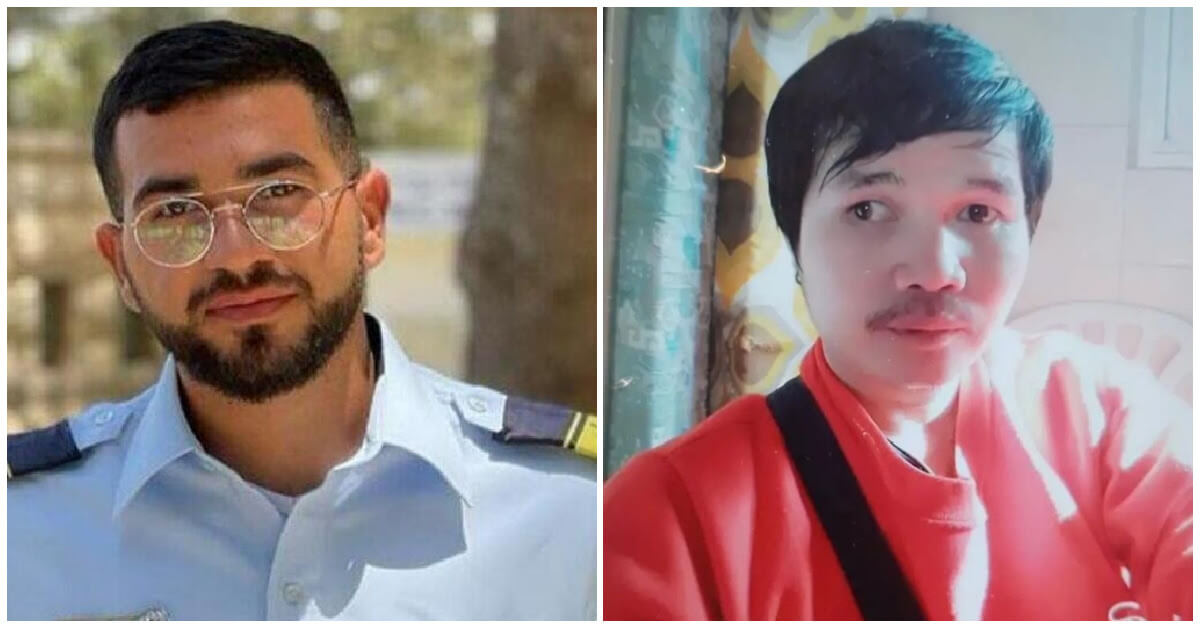The Strange Journey Taken by Two Paintings
In 2002, an unusual advertisement in this newspaper caught subscriber Jack Nusan Porter’s eye: Two mysterious paintings, rendered by an unknown artist “at least 210 years” ago, were for sale. The paintings — which, as Porter later learned, were owned by a Ukrainian Jew named Alexander Goykham — had survived two centuries of anti-Jewish persecution, the Holocaust and finally the move with the Goykhams to their present-day home in Philadelphia. They were selling the sentimental pieces to help cover the cost of medical procedures.
According to Porter, a former professor of sociology at Boston University, the date, country of origin and the artist are unknown, but the paintings do indeed look to be as old as Goykham, 76, claims. And provided they are authentic, the two works may offer a firsthand glimpse not only into art history but also into the antisemitic fiction that was published in Spain during the Inquisition.
The paintings, according to Goykham, are based on a play by Lope de Vega, a comic playwright who profited from Jewish suffering in 17th-century Spain. Known as El Monstruo (Spanish for “the monster”) — not for his bigotry or support of rampant antisemitism but for his monstrous output of more than 1,800 plays — de Vega is second only to Cervantes in Spain’s history of literary production.
The paintings seem to be visual representations of one of his plays, “The Jewess of Toledo.” In it, as Goykham tells the story, members of aJewish family, hiding in the woods in early 17th-century Spain to avoid persecution during the Inquisition, find a lost baby, which they adopt and raises as their own. When the son of a Spanish leader encounters the family’s house and asks for food, he is invited to join a Passover Seder; however, he refuses to eat matzo. He proposes marriage to the beautiful adopted daughter, but she denies him because of his rejection of Judaism. The spurned suitor returns home and tells his father of the secretly practicing Jewish girl who refused his love, and inquisitors are sent to burn the Jewish woman alive. Later, her grief-stricken father meets with the clan leader responsible for his daughter’s death sentence. The leader realizes that the woman was in fact his own daughter, lost in battle many years earlier. In his horror, he kills his son and himself, and both are later buried in Toledo, along with the murdered girl.
The paintings, which Goykham says were passed down from his great-grandparents, barely made it through the Holocaust. At one point, a group of German soldiers passed through his town and entered his home; they noticed the art but deemed it valueless and asked instead for gold.
Porter, who paid $10,000 for the paintings, hopes to ultimately make them publicly available in a museum. “I want the world to know about them and their story,” he said.
Sara Rubin is an editor at The CiPher, a monthly newsmagazine based in Colorado Springs.















